I am new to analyzing memory issues in Java. So pardon me if this question seems naive
I have application running with following JVM parameters set:
-Xms3072m -Xmx3072m
-XX:MaxNewSize=1008m -XX:NewSize=1008m
-XX:PermSize=224m -XX:MaxPermSize=224m -XX:SurvivorRatio=6
I am using visualVM to monitor the usage : Here is what I see
The problem is, even when the application is not receiving any data for processing, the used memory doesn't go down. When the application is started, the used space starts low (around 1GB) but grows as the application is running. and then the used memory never goes down. My question is why the used heap memory doesn't go down even when no major processing happening in application and what configurations can be set to correct it. My understanding is if application is not doing any processing then the heap used should be less and heap memory available ( or max heap) should remain the same (3GB) in this case.

